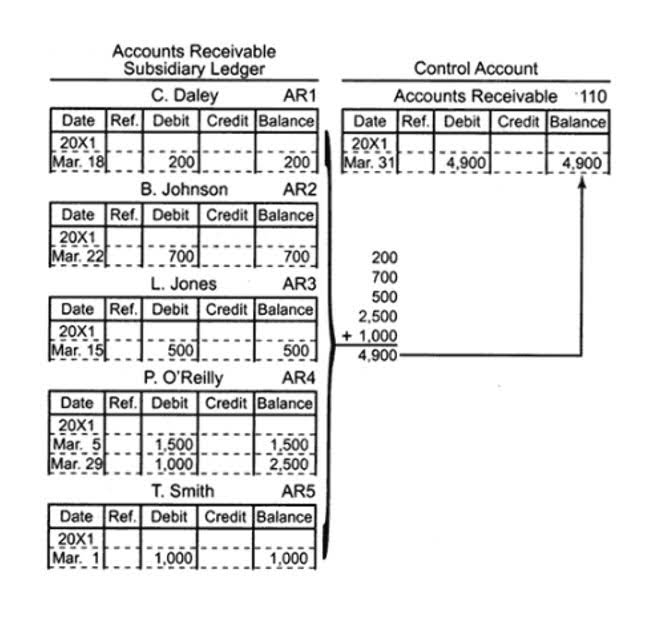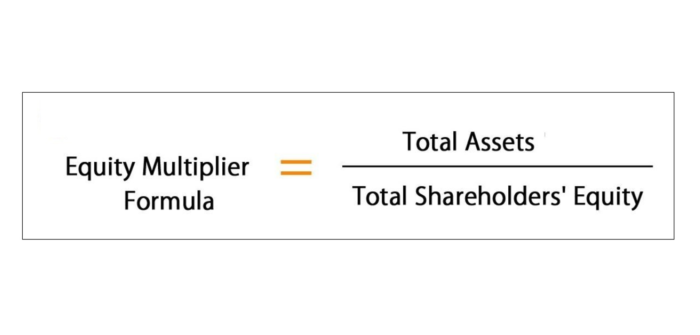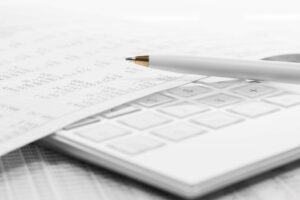
This is not a good sign, but keep in mind this method is a starting point for financial statement analysis. For the percentage-of-sales method to yield accurate forecasts, it is best to apply it only to selected expenses and balance sheet items that have a proven record of closely correlating with sales. Outside of these items, it is better to develop a detailed, line-by-line forecast that incorporates other factors than just the sales level.

More Tips for Working with Percentages in Excel

These drawbacks show why other financial forecasting techniques are needed. Profitability ratios, for example, are an excellent tool for a more detailed and accurate financial forecast. Let’s look at a practical example to help you understand how to apply the percentage of sales method. This method is helpful for contractors who need to make financial projections based on past performance. It’s especially useful for predicting the resources needed to handle upcoming projects and expenses. Larger companies allow for a certain percentage of bad credit in their financial analysis, but many small businesses don’t, and it can lead to unrealistic projections and unforeseen loss.
Calculating the Percentage of a Total
We’ll also show you a real-life example, highlighting its benefits and drawbacks. Plus, you’ll get some tips for good practices for your business. Frank wants to see the percentage of sales for his expenses specifically so he goes back to his initial amounts and sees that expenses totaled $20,000, or 20% of revenue. Divide your line item amounts by the total sales revenue amount to get your percentage. Most businesses think they have a good sense of whether sales are up or down, but how are they gauging accuracy? With shifting budgets and different departments needing more or less from the company every month, having a precise account of every expense and how it relates to future sales is a must.
How to calculate the percentage of sales formula
For example, if a company is small and growing rapidly, its sales data might become out of date much quicker than a more mature business. Quickly surface insights, drive strategic decisions, and help the business stay on track. You may also need to go before a board in an official hearing to present your case. You can do this yourself or enlist a property tax consultant or an attorney for this (there are some that specialize in property tax appeals).
- For the percentage-of-sales method to yield accurate forecasts, it is best to apply it only to selected expenses and balance sheet items that have a proven record of closely correlating with sales.
- The percentage-of-sales method is a financial forecasting model that assesses a company’s financial future by making financial forecasts based on monthly sales revenue and current sales data.
- This method is helpful for contractors who need to make financial projections based on past performance.
- The aim is to estimate what percentage of outstanding receivables at year-end will not be collected.
- By looking over her records, she finds that for the month, her credit purchases come to $55,000 (with $5,000 cash).
- Here are some of the reasons the percentage-of-sales method might not be for you.
Understanding and utilizing the Percent of Sales Method can help learners and professionals alike make informed and strategic business decisions. The Percent of Sales Method involves projecting future financial metrics by applying a consistent percentage to expected sales figures. This percentage is typically derived from historical data, making the process relatively simple and intuitive. For example, if a company historically spends 10% of its sales revenue on advertising, it can predict future advertising expenses by applying this percentage to its projected sales. This means the receivables method includes previous year’s balances, including debt balances, giving you a more holistic view of your company’s bad debt. Unlike the percentage of sales method, which only looks at the current year’s bad debt, the percentage of receivables method looks at all your company’s bad debt.

What the Percent of Sales Method Is and How To Use It
Then you apply these percentages to the current sales figures to create a financial forecast, which includes the income and spending accounts. Under Percent of Sales method, we increase the account by the percent of sales each month for that month’s credit sales. The account is reduced (debited) when specific bad debts are identified and written off. Under the Percent of Sales Method for tracking bad debts, percent sales method credit sales (not cash sales) are multiplied by a percent to arrive at the estimate for bad debts. Using data mined from your CRM — along with more in-depth forecasting methods — can help you make more consistent, accurate forecasts. With the percentage of sales method, you can quickly forecast financial changes to your business — including both assets and expenses — based on previous sales history.
How to calculate step by step


